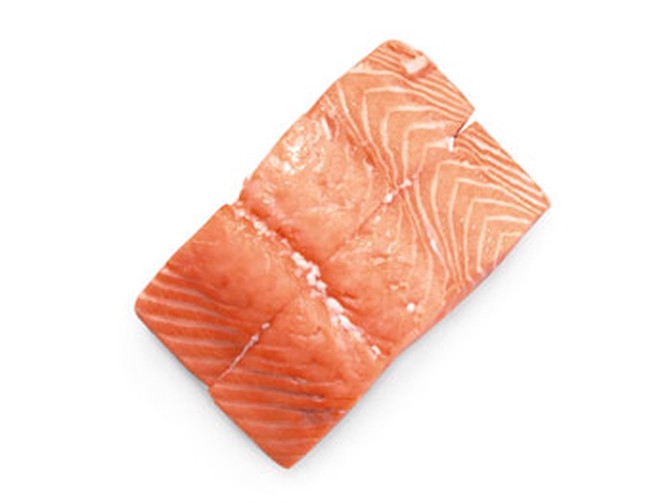The Ultimate Guide to Freezing Food
You already possess one of the best tools for eating more nutritiously and saving money.
By Mark Bittman

Photo: BernardClark/iStock
Frozen Assets
Everybody is facing the same challenge these days—how to eat better and slash the grocery bill. Happily, there's a solution and it's already in your kitchen: your freezer. To get more familiar with this underappreciated appliance, we called on New York Times food columnist Mark Bittman, author of Food Matters. Bittman swears by his freezer because it enables him to extend the life of foods, save money by buying in bulk, and save time by storing preprepped ingredients for future meals.
Here are his tips for cold storage
Here are his tips for cold storage

Photo: Getty Images
Bread
Freeze whole rather than sliced; reducing the exposed surface area will prevent the bread from drying out. Best used within one month.

Photo: Getty Images
Vegetables
Blanch vegetables like broccoli and spinach in boiling water. Then freeze in plastic bags. Blanching stops enzyme reactions and preserves flavor, color, and texture.

Photo: Getty Images
Beans
Cover cooked beans or grains with a layer of water or oil to make an airtight seal. Make sure the container lid is tight, or moisture will move into the cold, dry air, creating freezer burn.

Photo: Getty Images
Coffee
Freeze coffee, wine, or tea in ice cube trays, then pop out and store in freezer bags. Drop wine cubes directly into sauces; coffee and tea cubes go in iced drinks.

Photo: Getty Images
Nuts
Most nuts, including walnuts and almonds, contain unsaturated oils that can go rancid after a few weeks. Freezer bags make a safe home for up to six months.

Photo: Getty Images
Fruit Puree
Turn fruits that are about to go bad into an applesauce-like puree, then freeze in zippered bags. Thaw and mix into smoothies, or stir into oatmeal for a sweet nutrient boost.

Photo: Getty Images
Soup
Divide soup into single-serve containers. Before you snap on the lids, place a sheet of plastic wrap directly on top of the liquid, so it lightly clings to the surface. This will keep the soup airtight and frost-free. Cool down in the fridge first to prevent ice crystals.

Photo: Getty Images
Leftovers
A few general rules of thumb for last night's dinner: Soups and casseroles are best within two months; fish and chicken last about three months; meat, two to three months; fruits and vegetables, up to a year.

Photo: Getty Images
Tofu
Frozen tofu becomes more chewy and spongy, making it ideal for stir-fries because it soaks up sauces. Drain, slice, and wrap in plastic, or simply stick the whole container straight in the freezer.

Photo: Getty Images
Meat/Fish
To avoid freezer burn, vacuum-seal your food-filled freezer bag by placing it in a large pot of water. Submerge all but the top of the bag, squeeze out the air, and close the bag. The water acts as a natural vacuum, forcing air out the top.

Photo: Getty Images
Rice
Storing pantry basics like rice in your icebox could save you money. That's because freezers work more efficiently when they're full—solids stay cold longer than gases.

Photo: Getty Images
Ten More Foods That Freeze Surprisingly Well
1. Avocado puree (for sauces)
2. Whole lemons
3. Egg whites/yolks (break eggs and freeze whites and yolks separately)
4. Leftovers (that you've already frozen and thawed)
5. Pancakes
6. Berries
7. Plain cooked pasta
8. Butter
9. Pesto (store with a layer of oil on top)
10. Bacon
2. Whole lemons
3. Egg whites/yolks (break eggs and freeze whites and yolks separately)
4. Leftovers (that you've already frozen and thawed)
5. Pancakes
6. Berries
7. Plain cooked pasta
8. Butter
9. Pesto (store with a layer of oil on top)
10. Bacon
Try These Recipes
From the February 2010 issue of O, The Oprah Magazine




